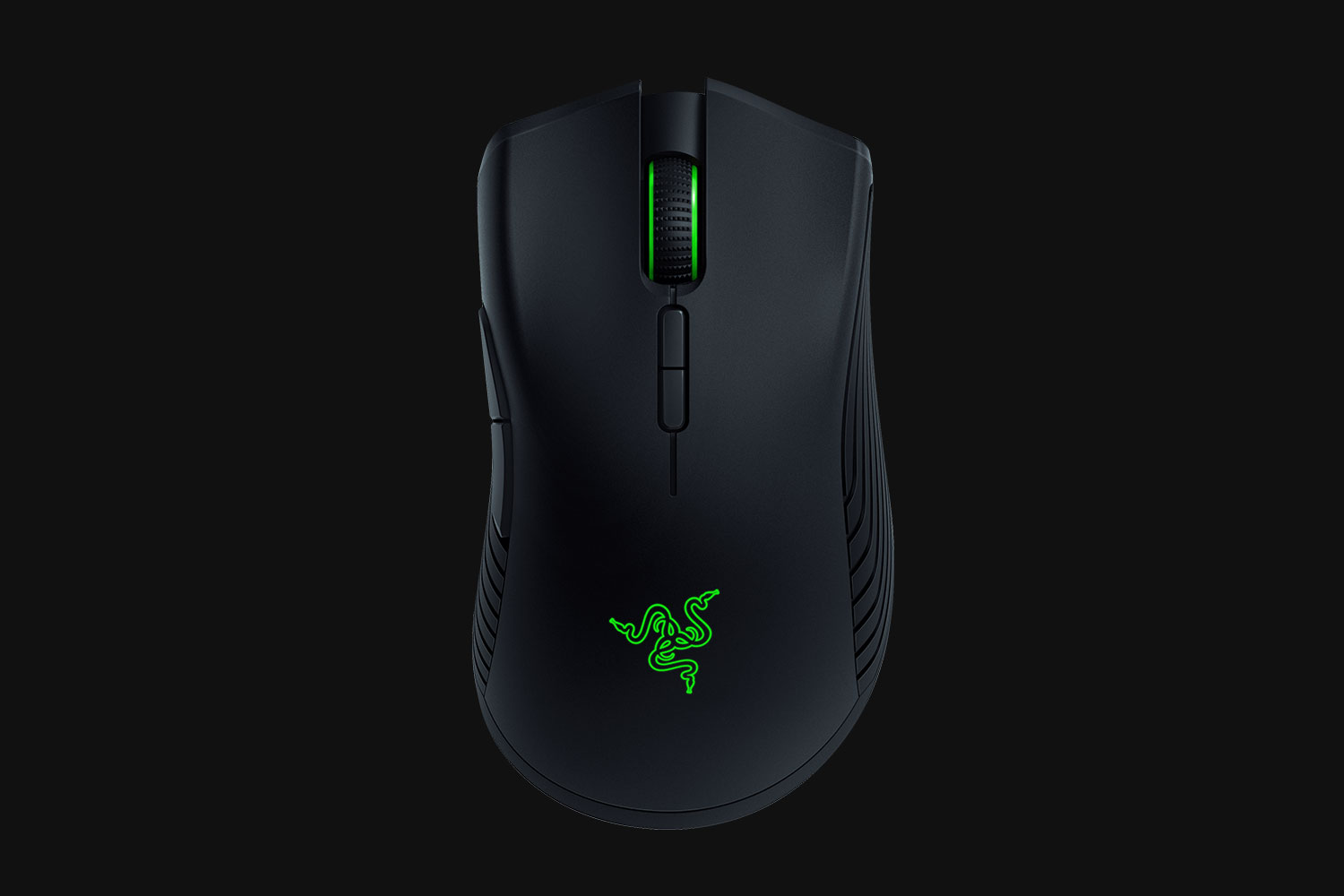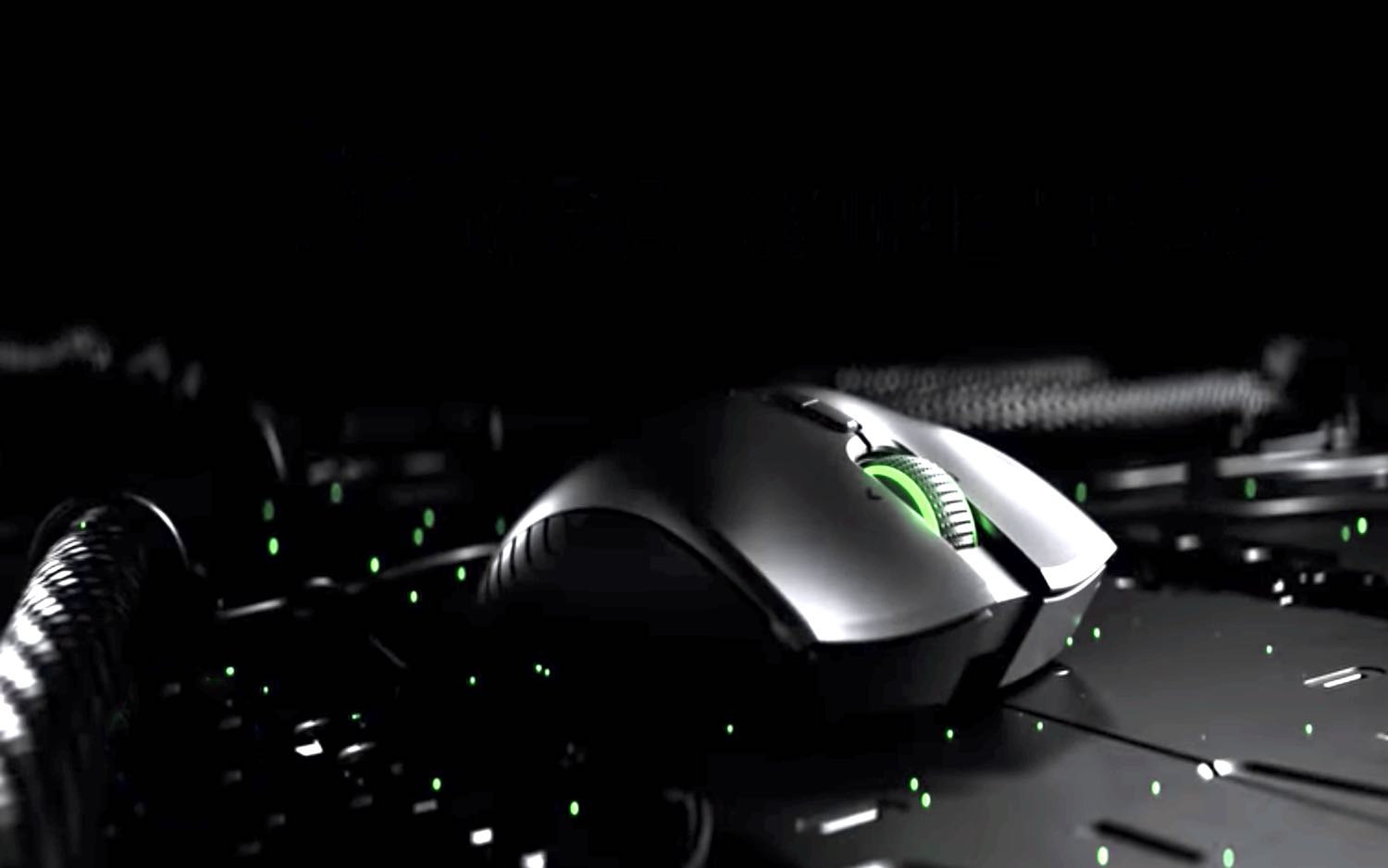Tom's Guide Verdict
The Razer Mamba Wireless mouse features flawless wireless performance, comfortable textured grips and gorgeous RGB lighting.
Pros
- +
Comfortable design
- +
Great performance
- +
Reasonable price
- +
Flawless wireless
Cons
- -
Buggy software
Why you can trust Tom's Guide
A few years back, the Razer Mamba was one of the best wireless gaming mice on the market. It was also one of the most expensive.
But If you elected to wait on a Mamba a few years back, now might be the perfect time to pick one up, as the mouse is $50 cheaper and better than ever.
The Razer Mamba Wireless ($100) keeps everything that made the original Mamba work — the flawless wireless performance, the comfortable textured grips, the gorgeous RGB lighting — but streamlines and refines it.
The needless LED strip is gone, as is the bulky dock. The battery lasts much longer, and Razer's installed a more precise sensor.
In short: The Razer Mamba Wireless has kept pace with the times. Although the mouse isn't quite as good as wireless gaming peripherals get, it's still near the very top of the pack.
Design
If you ever got some hands-on time with the previous Razer Mamba, the new model’s refreshed design will look and feel familiar. The mouse is fairly large — 4.95 x 2.75 x 1.70 inches — and it's ergonomically designed for right-handed players. There are textured grips on both sides that look (bear with me here) a little like the striations on a whale's jaw. They're comfortable and help keep your hand where it's supposed to be. The Mamba Wireless supports both palm and claw grips.

The Mamba Wireless has seven buttons: a right button, a left button, a clickable scroll wheel, two dots-per-inch (DPI) sensitivity buttons and two thumb buttons. It's a similar layout to Razer's other high-end mice, and everything is where it needs to be.
Razer estimates that the Mamba Wireless' mechanical switches can endure 50 million clicks apiece. That's about 15 years of clicking. Naturally, we couldn't test that, but the buttons are all comfortable and have a pleasant spring to them.
Unlike the previous Mamba, the Mamba Wireless doesn't rely on a dock to transmit signals. Instead, there's a tiny USB dongle that stows conveniently into a compartment on the mouse's underside.
Razer also includes an extension cable so that you can put the receiver at the most advantageous spot on your desk. The result is that you'll most likely get an excellent signal. During my time with the mouse, I didn't encounter any slowdown or missed cues, even though I work in an office that's saturated with wireless signals.
MORE: 16 Cheap Gaming Mice ($25 and Under) Ranked from Best to Worst
It's worth noting that you can also use the cable to charge the mouse while you use it. Whether you'll really get 50 hours of battery life, as Razer claims, is debatable, but you shouldn't ever be in a situation where you can't use the mouse.
Features
The Mamba Wireless runs on the Razer Synapse 3 software. While the software is a lot prettier than the old Synapse 2 software, it's not quite as stable yet.
After I spent about a day using the program on my test PC at work, it spontaneously uninstalled, and I have not been able to get it up and running again. I contacted Razer, but reps were not familiar with the issue. On most machines, Synapse 3 seems to work fine, but be aware.

Assuming that you can keep the Synapse 3 software installed, however, operating it is fairly straightforward. There are separate tabs to manage button assignment, calibration, lighting and so forth. You can change the colors of LEDs in the scroll wheel and the Razer logo on the palm rest. You can customize profiles to automatically apply when you launch games. You can sync the Mamba Wireless with other Razer gear.
There's a bit of a learning curve, but everything works the way it's supposed to. (Except for the Lighting tab, that is. Very often, clicking on it would do nothing, and I'd be forced to navigate back to the main menu and try again.
The Wireless appears to be as reliable as Razer claims, and worked from distances well in excess of 15 feet in my tests, meaning that you can use it for a living-room PC setup if you want.
The 50-hour battery life claim is harder to parse, since it would take more than a week of regular use to wear it down. I can say that using the mouse with all the lights activated on maximum brightness drained the battery quite a bit faster, but 50 hours does seem feasible with the RGB lights turned off.
Performance
When it comes to in-game performance, the Mamba Wireless' performance was never in doubt. Thanks to its Razer 5G Advanced Optical Sensor, the peripheral tracks accurately and precisely.
I put the device through its paces with Overwatch, StarCraft: Remastered, Pathfinder: Kingmaker and World of Warcraft. In every game, the Mamba Wireless interpreted my commands instantaneously and correctly, whether I was raising D.Va's shields to defend teammates in Overwatch or preparing a force of hydralisks to sweep through a Terran base in StarCraft.
MORE: Best Gaming Mice Right Now
It's worth pointing out that while I don't play at a high competitive level, I see no reason why the Mamba Wireless couldn't hold its own on the tournament scene. Qualitatively, I noticed no difference between the Mamba Wireless' fidelity versus comparable wireless and wired gaming mice. Wireless mice still have something of a stigma attached to them, but the past few years have seen some tremendous leaps in the technology, and it's probably time to lay that particular canard to rest.
Bottom Line
The Mamba Wireless is exactly what a product update should look like. Razer kept everything that worked, ditched everything that didn't, and dropped $50 from the price in the process. The Mamba Wireless is not the absolute best wireless mouse on the market — theLogitech G900 Chaos Spectrum still has that mantle — but it's not very far off.
Credit: Razer
Marshall Honorof is a senior editor for Tom's Guide, overseeing the site's coverage of gaming hardware and software. He comes from a science writing background, having studied paleomammalogy, biological anthropology, and the history of science and technology. After hours, you can find him practicing taekwondo or doing deep dives on classic sci-fi.


